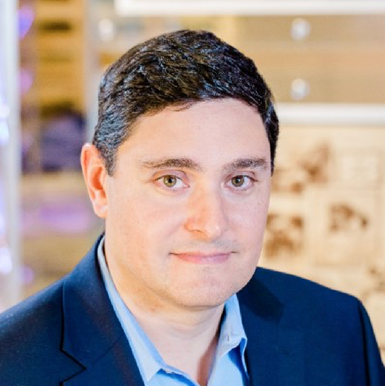Carlisle Fluid Technologies Hires Vice President of Sales, Marketing
Andres Lacassie brings over 20 years of progressive leadership experience in sales, marketing and product development within multi-national corporations.

Lacassie
Photo Credit: LinkedIn
Carlisle Fluid Technologies (Toledo, Ohio) announces that Andres Lacassie has joined Carlisle Fluid Technologies as vice president of sales and marketing. Andres brings over 20 years of progressive leadership experience in sales, marketing and product development within multi-national corporations such as Panasonic, Danfoss and United Technologies. According to the company, Andres has a solid track record of driving above-market growth in sales through innovation and organizational development. In addition, he brings strong international experience, including leading a global organization based in Europe.
Fred Sutter, Carlisle Fluid Technologies’ president, says, “Andres Lacassie’s experience will help bring Carlisle Fluid Technologies vision for innovation and solutions to our valued distributors and customers.” Sutter adds, “Andres will help elevate our products and innovation to the next level.”
Carlisle Fluid Technologies is a global company that manufactures equipment for the supply, application and curing of sprayed materials including paints, coatings, powders, mastics and bonding materials. The company’s brands include Binks, DeVilbiss, Hosco, MS, Ransburg and BGK.
RELATED CONTENT
-
Improving Transfer Efficiencies in Coating Operations
There are many methods for addressing electrostatic grounding in metal painting processes, and Tim Ulshafer from Mueller Electric says the best method for your process is a simple and worthwhile exercise.
-
Is Your Electroplating Waste Hazardous?
Some that bears precious metals is, and there are a host of regulations to consider when recycling.
-
Masking for Surface Finishing
Masking is employed in most any metal finishing operation where only a specifically defined area of the surface of a part must be exposed to a process. Conversely, masking may be employed on a surface where treatment is either not required or must be avoided. This article covers the many aspects of masking for metal finishing, including applications, methods and the various types of masking employed.
















